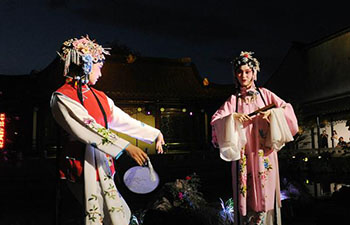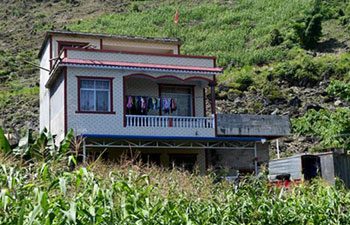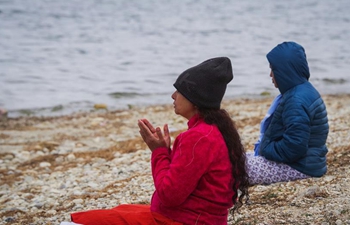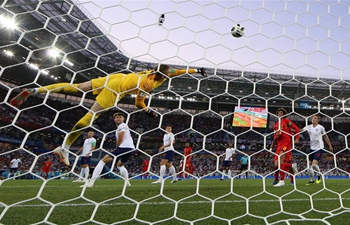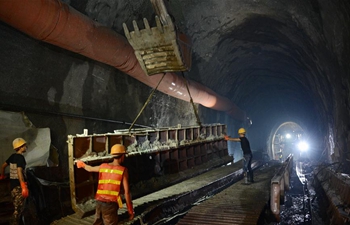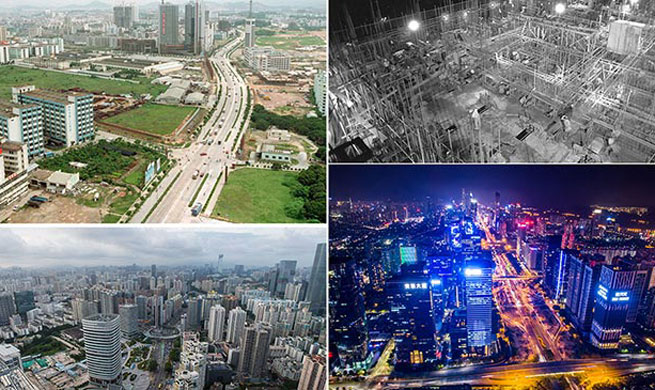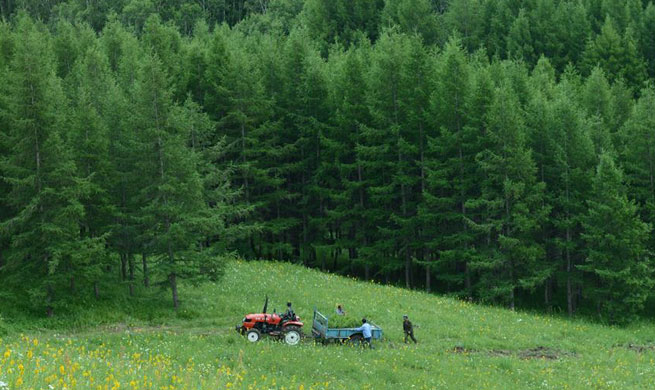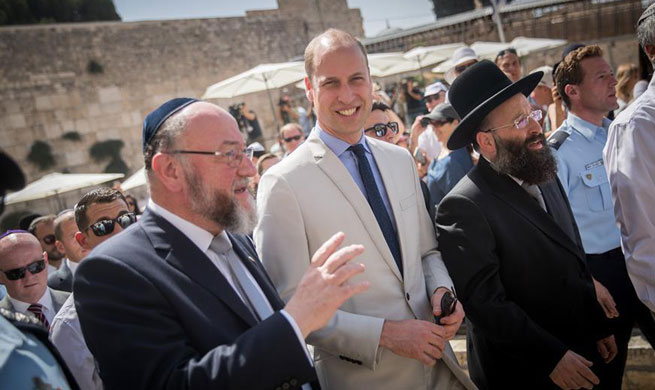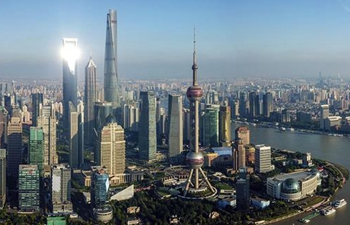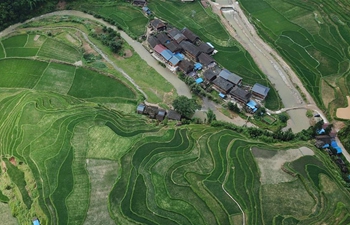BELGRADE, June 29 (Xinhua) -- The building at the Republic Square in Belgrade reopened its doors on Thursday, making the permanent exhibition of the National Museum's valuable artifacts of Serbian and European heritage once again available to art lovers.
The museum was closed in 2003 for reconstruction.
The long-awaited opening was marked with a ceremony attended by Prime Minister Ana Brnabic among other government officials, diplomats, artists, as well as numerous journalists, who toured the exhibition of some 5,000 valuable artworks.
"Opening of the National Museum is a great celebration for our country and our culture. After 15 years we have returned our most important cultural institution to our citizens," Brnabic said at the ceremony.
"National Museum is the core of our cultural tradition, and it holds master pieces of Serbian and international artists," she added.
According to Brnabic, this is the second reconstructed museum reopened under the mandate of the government following the Museum of Contemporary Art's re-opening last year.
Minister of Culture and Information Vladan Vukosavljevic urged the country to invest more in culture, saying this is a way "to pour concrete in the foundation of the survival of our country and state."
He estimated that the re-opening was the most important event for Serbian culture in the past two decades, and one that "offers it an opportunity for a new life."
The director of the National Museum Bojana Boric Breskovic said the museum's reconstruction was something "that happens once in our lifetimes."
The new symbol of the National Museum is the painting "Girl in Blue" by the well known Serbian 19th century artist Djura Jaksic, and is printed on hand fans for visitors, while the most valuable piece of Serbian heritage is the original of "Miroslav's Gospel," one of the oldest surviving documents of the late 12th century.
The Serbian National Museum holds around 400,000 artifacts, of which the new permanent exhibition includes a collection of some 5,000 representative cultural artifacts, testimonies of development and civilization changes from prehistoric times to the late Middle Ages, as well as representative parts of key artistic styles and movements, from the new century to modern times.
For the first three days, the museum will be open for 24 hours, while the entrance will be free of charge to all visitors.
